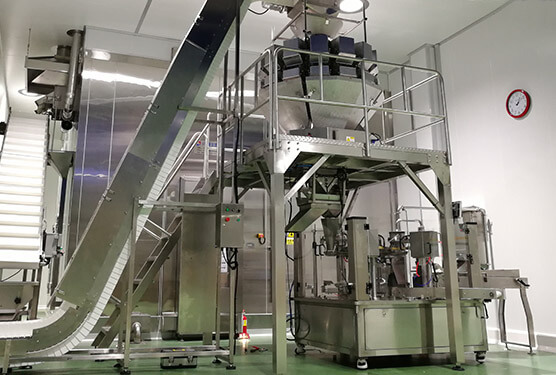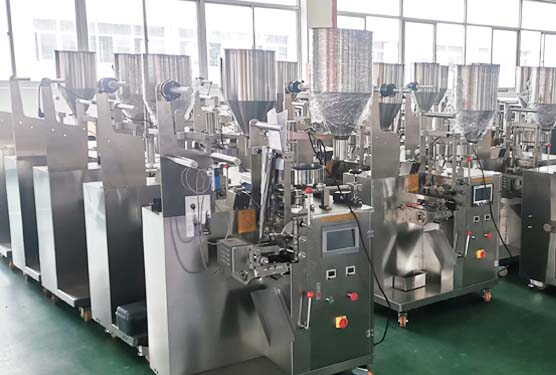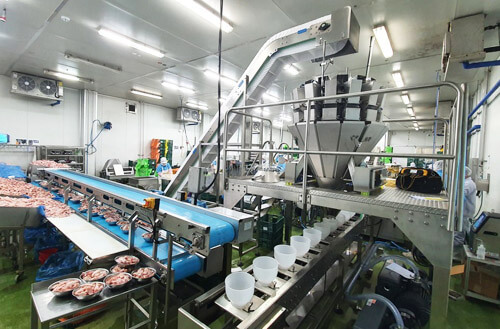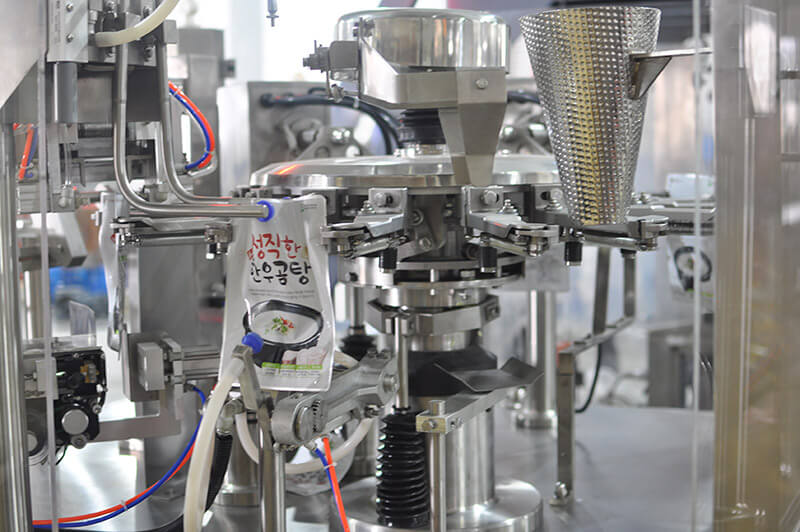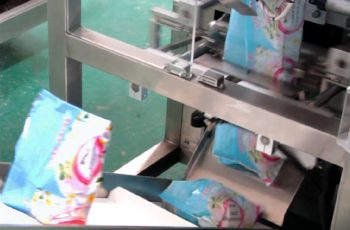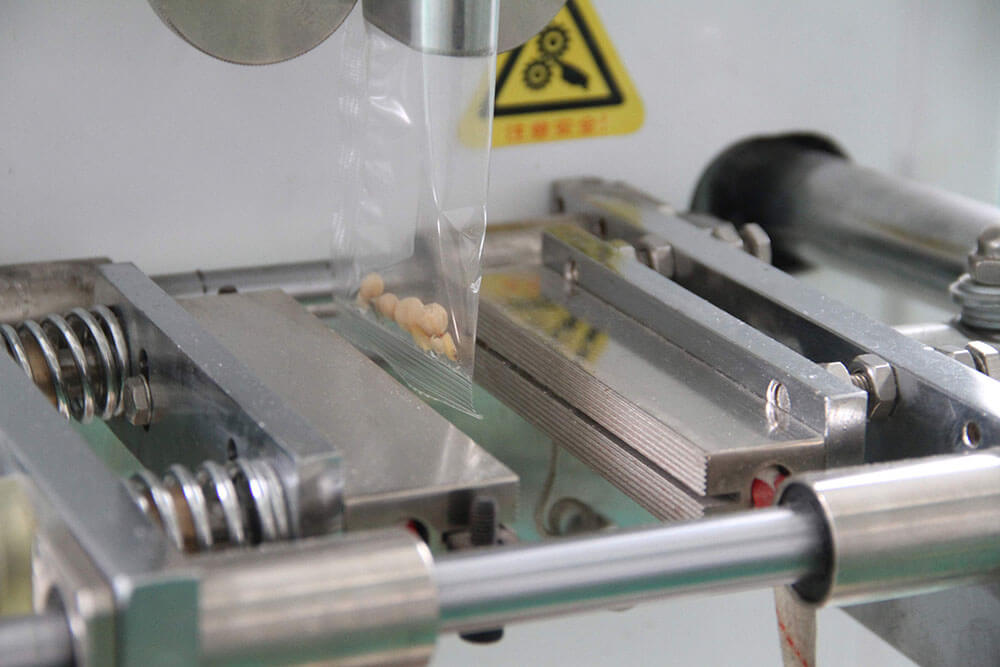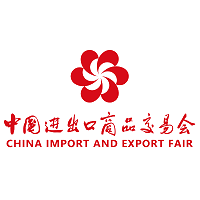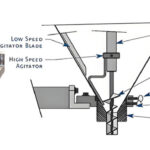Freshness is one of the basic requirements of vegetables, and vegetable packaging plays an important role in the protection of vegetable freshness. There are many kinds of vegetable packaging like clamshell packaging, paper bags, plastic bags and so on. Each of them has their own characteristics. Next, I will introduce you to the function of vegetable packaging and some common types and machines for vegetable packaging.
Function of Vegetable Packaging
The main function of vegetable packaging is to maintain the quality of vegetables and extend shelf life.
- The vegetable packaging has the ability to provide cushioning and protection for the product, so that the product maintains its integrity from the time it is packaged to the consumer. Vegetables themselves are more fragile and easily damaged when squeezed and bumped, especially during shipment. Damaged vegetables are not only damaged in appearance, they are also more prone to deterioration and microbial invasion. Suitable vegetable packaging should have the ability to resist impact that can protect the integrity of the vegetables and maintain the form and flavor of the product.
- As the packaging of fresh food, vegetable packaging is hygienic and free from odors. It can slow down the decay process of products and extend the shelf life.
- It can reduce the microorganisms that settle on the products and reduce the risk of microbial contamination.
- Vegetable packaging has the function of moisture resistance that can reduce the humidity around the vegetables and reduce the risk of rotting.
- For the convenience of people, vegetable packaging should also be easy to open.
Vegetable Packaging Types
Clamshell Package
The two halves of a Clamshell package are connected by a hinge, it opens and closes just like a clamshell. Suitable for packaging small products like herbs, tomatoes and hydroponic tender lettuce. You can often see clamshell packaging at grocery stores and farmers markets. The most common types of the clamshell packaging for vegetables are plastic clamshell packaging and compostable clamshell packaging. They offer a certain degree of protection that reduces the risk of your product being bruised and crushed during shipping and handling. And their flat surface is perfect for brand labels that display your product information and enhance appeal. Their hinged lids are also easy to open and reseal for your convenience.
Here are two kinds of clamshell packages:
- Plastic Clamshell: The transparency of plastic clamshell packaging is high. So you can clearly see the vegetables inside the package, observe their form, and thus roughly estimate their freshness, increasing your desire to buy. Plastic packaging also keeps the moisture in, keeping your product stay fresh longer.
- Compostable Clamshell: Compostable clamshell packages are similar in appearance and function to plastic compostable clamshell packages, but there are several notable differences. They are usually opaque, which prevents you from seeing the vegetables inside the package, seeing the form of the vegetable, and being able to estimate its freshness. This feature will reduce your desire to buy. It is a compostable alternative made from plant based fibers and they are clearly more environmentally friendly. However, the fiber material of compostable clamshell packaging absorbs moisture, which can cause vegetables to go limp faster than in plastic clamshell packaging. One more thing, compostable clamshell packages can be a bit more expensive than plastic clamshell packages.

Paper Bag
Paper bags are a very environmentally friendly type of packaging that is biodegradable. Farmers usually use these bags for farmers markets or CSAs. Visually, these bags are preferred by many people and have a natural texture and appearance that conveys the idea of environmental protection and symbolizes sustainability. Its porous characteristics allow moisture to escape, reducing the risk of mold formation.
However, the paper material absorbs moisture from the vegetable and may cause vegetables to wilt faster than an airtight container or bag. And paper bags are opaque, so you can’t see the product inside them.
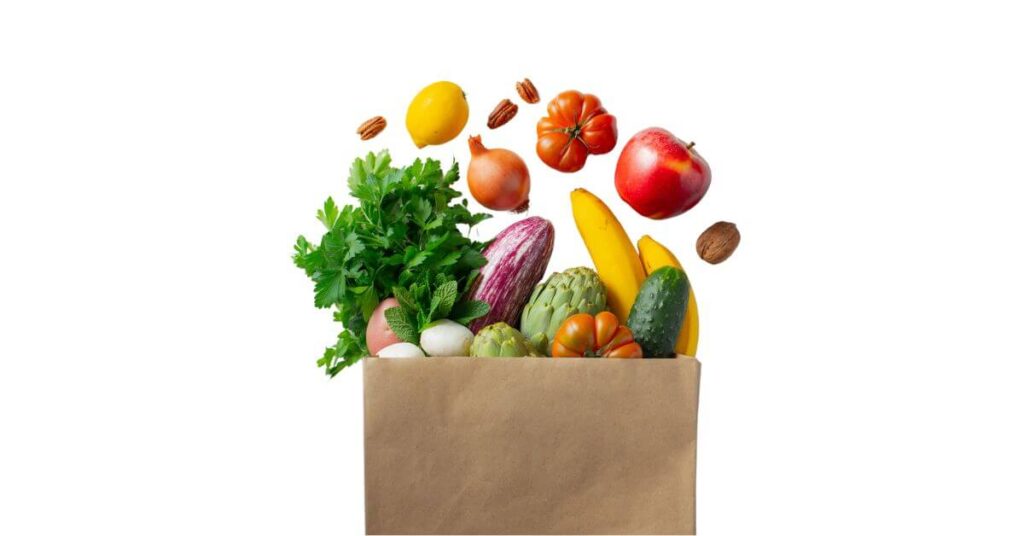
Plastic Bag
Plastic bags are very common vegetable packaging solutions and you can see them almost anywhere. Lightweight, cheap and easy to carry are their outstanding features. The transparent appearance is also one of the reasons why people choose them. Plastic bags trap moisture, keeping produce fresh for longer. However, they are not suitable for packaging products that are susceptible to physical damage, and the vegetables are easy to be bruised or crushed. When these products need to be packaged, additional cushioning is often required. Plastic bags are well suited to packaging crops such as potatoes and onions, which are less susceptible to physical damage.

Compostable Bag
Compostable bags are usually green in appearance and less transparent than plastic bags. Made from corn-based plastic or similar plant derivatives, they are known for being environmentally friendly. In general, it is similar in appearance and function to a plastic bag. But it is not as strong as a plastic bag and is slightly more expensive than a plastic bag.
Vacuum Package
A packaging method that extends the shelf life and maintains the freshness of vegetables by removing the air inside the package.

Mesh Bag
Mesh bags are inexpensive, lightweight. It can be woven natural fiber or woven synthetic. And it has good ventilation, you can see the products inside and they look good on display. However, they are not very protective, have poor protection against puncture, crushing, vibration, and other impact damage. Suitable for packing vegetables that are not easily damaged such as potatoes and onions.

Bands & Ties
Rubber bands, twist ties, or knotted twine may be the easiest way to pack and can be used to easily tie larger leafy greens and herbs that are still attached to their stalks. You can clearly see the shape and color of the vegetables. Bundling is not suitable for all crops, it does not effectively protect the product, it does not prevent wilting, bruising or tearing, so it is not a good choice for delicate crops such as lettuce. And produce in the area bound by ties usually decays faster.
Plastic Bin
Plastic bins are a good bulk packaging option that can hold a large amount of produce and are perfect for holding larger produce such as pumpkins and root vegetables. They are sturdy and durable, making them a great advantage for bulk storage and transportation. Plastic bins also reduce the possibility of moisture buildup and mold growth. They can be reused many times, and some plastic bins are collapsible, so they can be folded and stored when not in use.
Cardboard Box
Cardboard boxes are also usually used as a bulk packaging for large volumes of vegetables and are very easy to recycle. They can provide a certain degree of protection that can minimize crushing and bruising of the product. Cushioning materials such as paper or foam inserts can be added to protect the product from damage. It is low cost and easy to handle. Cardboard is porous that tends to absorb water and does not prevent vegetables from wilting. And moisture from vegetables can make cardboard boxes damp, which reduces their strength and may break during transportation and other processes. Waxing can be done to give them some moisture resistance.
Corrugated Cardboard Box
Corrugated cardboard boxes are lightweight, have high strength, come in a variety of sizes and are easy to handle. It is often used as a first choice for boxing and shipping vegetables. The relatively soft box walls provide a degree of cushioning. Can be easily folded and flattened. When the cardboard box is not in use, it can be collapsed into a flat form, reducing the volume it occupies and taking up little space when stacked in vehicles and warehouses. Moisture and high humidity can severely weaken the strength of fiberboard boxes, but when waxed, these boxes are reasonably moisture resistant.
Wooden Crate
Wooden crates offer high protection with sturdy, durable and reusable properties. High resistance to different climatic conditions. Wooden crates are also well ventilated. For some vegetables, the material of the wooden crate may be too hard or rough, and soft materials need to be added to the box for cushioning. You should also be aware that wood can be easily contaminated by fungi and bacteria.
Woven Basket
Commonly used by small-holder farmers, mostly made of bamboo, rattan and willow. It has good ventilation and visual appeal, you can clearly see the form of vegetables. But the protection performance is weak.
Types of Vegetable Packaging Machines
- Clamshell Filling Machine: Used for filling clamshell packaging. Have many types to suit different needs. If you are going to pack baby leaf tomatoes, the best machine to use is a clamshell filling machine equipped with a multi–head weighed.
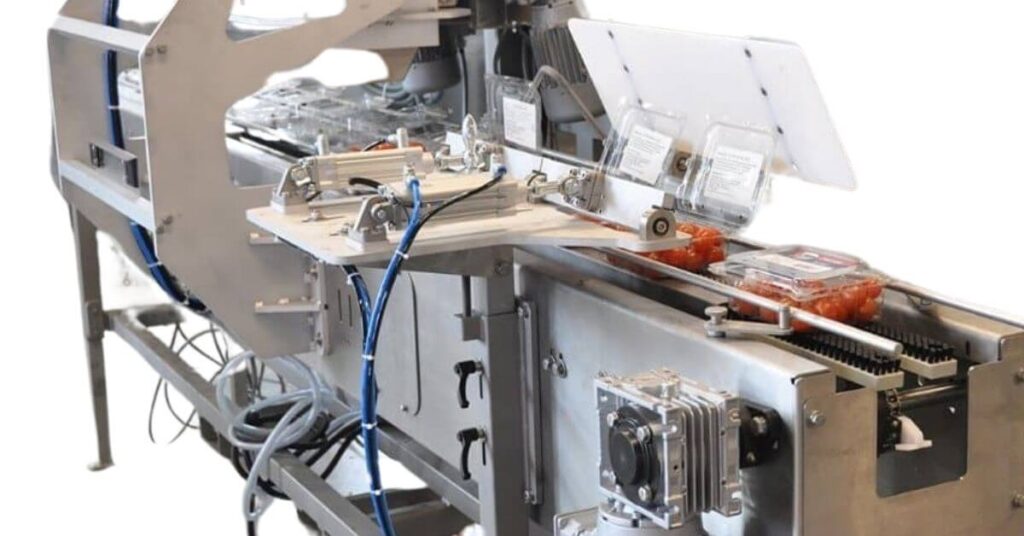
- Flow Wrapping Machine: Suitable for wrapping vegetables like lettuce, cucumbers, broccoli, and carrots.
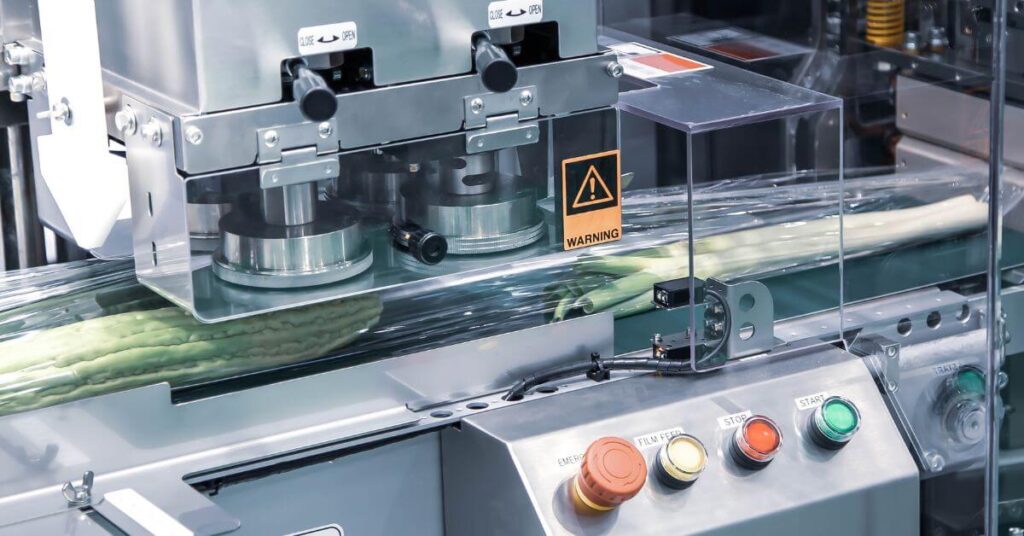
- Premade Pouch Packaging Machine: Used for pouch packaging of various vegetables. And it can pack fresh vegetables, frozen vegetables, or processed vegetables. The machine can be equipped with a multi-head weigher or a linear weighed.
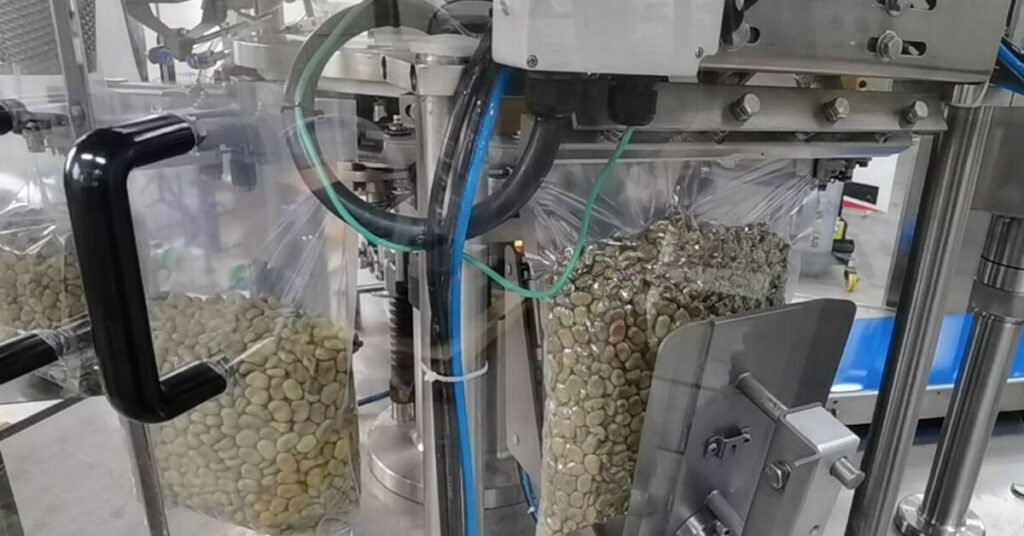
Conclusion
The segments of vegetable packaging allows you to choose the most appropriate vegetable packaging for different situations to maximize the protection of your vegetable products. If you want to know more about vegetable packaging, please contact us.

